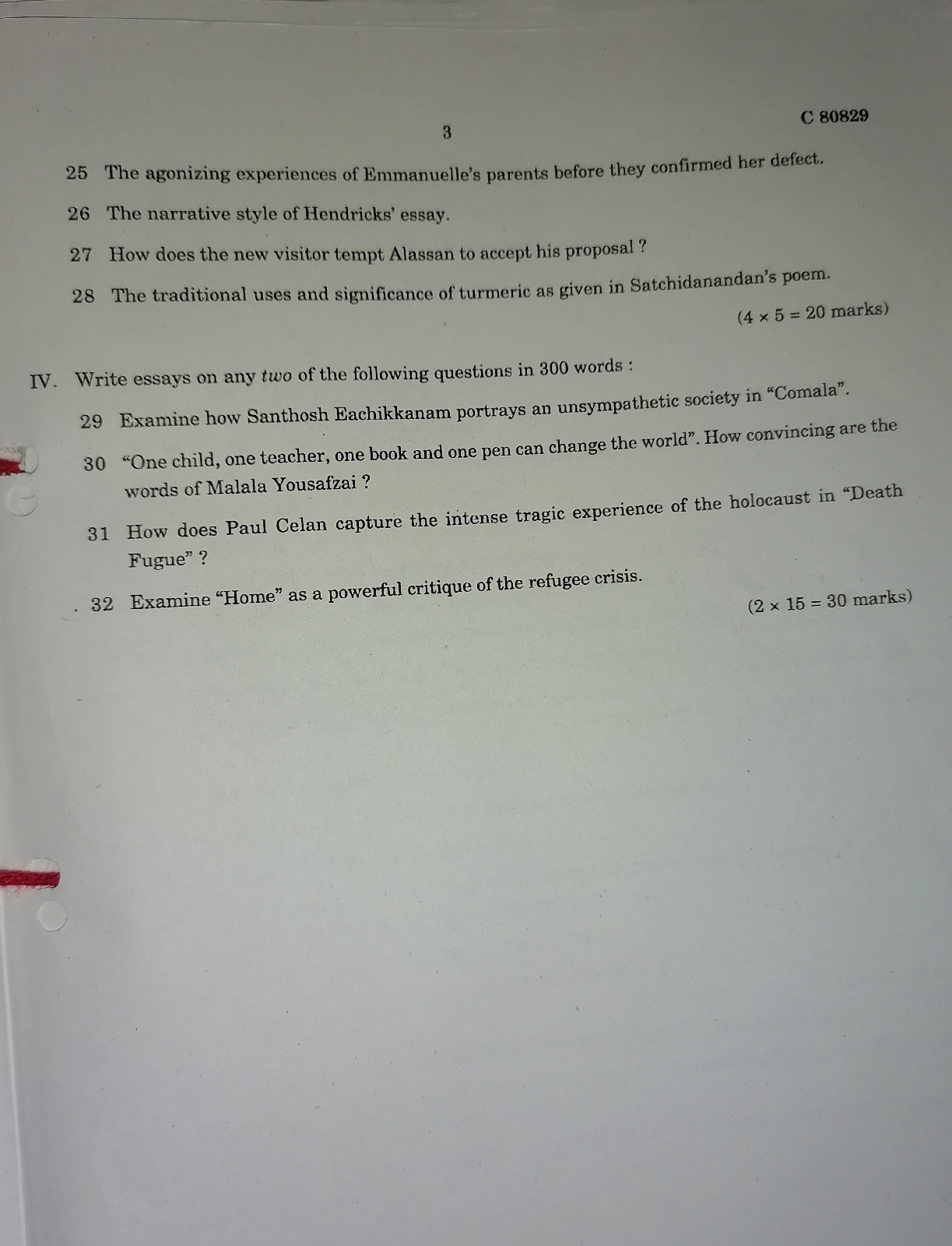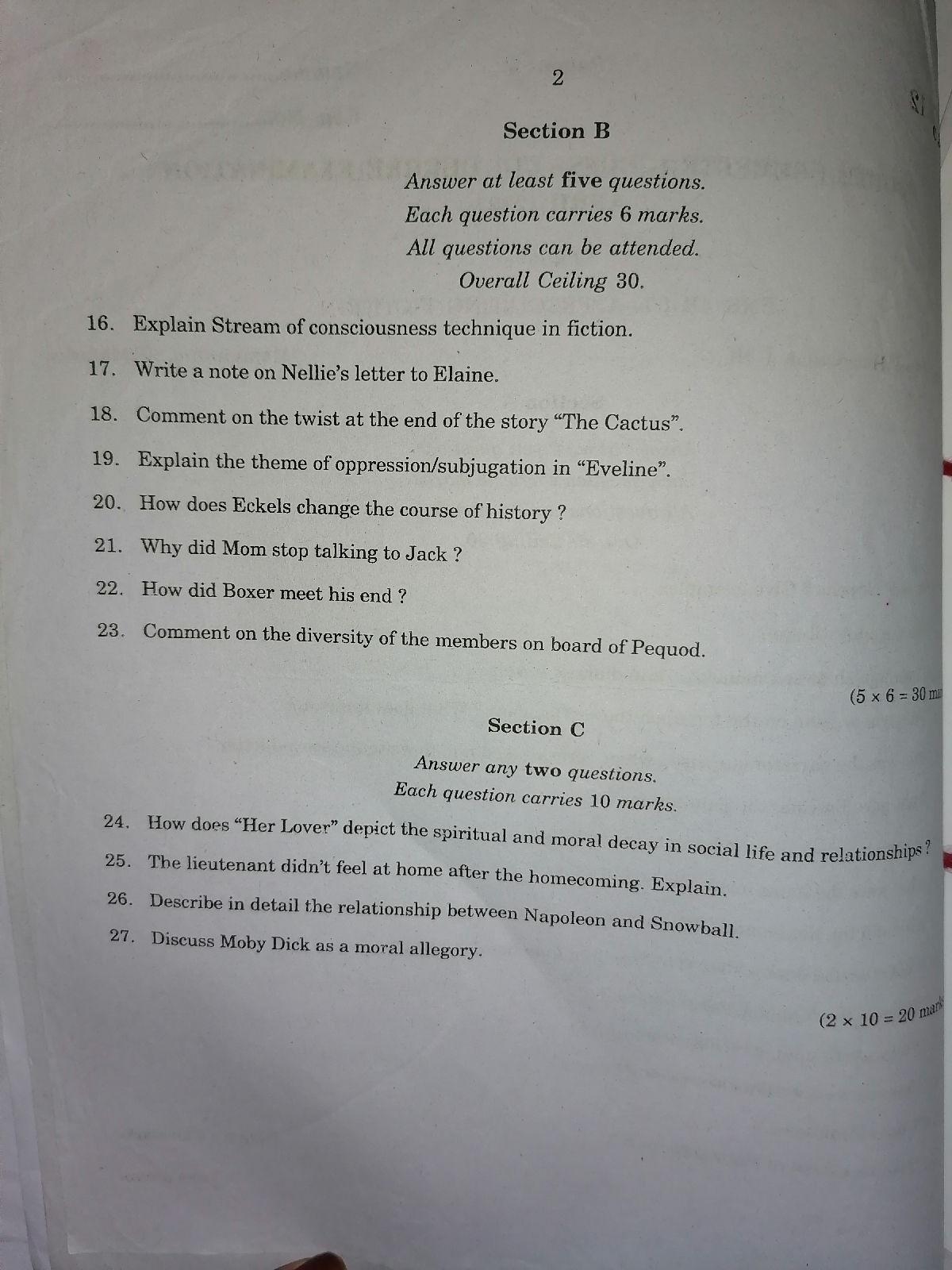Saturday, April 15, 2023
Tuesday, April 4, 2023
Sunday, April 2, 2023
Lines Composed a Few Miles above Tintern Abbey, On Revisiting the Banks of the Wye during a Tour. July 13, 1798.
These beauteous forms,
Through a long absence, have not been to me
As is a landscape to a blind man’s eye:
But oft, in lonely rooms, and ‘mid the din
Of towns and cities, I have owed to them,
In hours of weariness, sensations sweet,
Felt in the blood, and felt along the heart
Through a long absence, have not been to me
As is a landscape to a blind man’s eye:
But oft, in lonely rooms, and ‘mid the din
Of towns and cities, I have owed to them,
In hours of weariness, sensations sweet,
Felt in the blood, and felt along the heart
As an ode to the beauty and power of nature, Tintern Abbey is the most celebrated poem by William Wordsworth. The poem titled " Lines Composed A Few Miles Above Tintern Abbey" is generally known as Tintern Abbey which was written in 1798. One of the triumphs of Wordsworth 's genius, Tintern Abbey considered as a condensed spiritual autobiography of the poet.
The poem depicts the nature in Wordsworth’s own experiences and explores themes of memory, imagination, and the transformative power of nature. It deals with the subjective experiences of the poet, and traces the growth of his mind through different periods of his life. Nature and its influence on the poet in various stage forms the main theme of the poem. The poem deals with the influence of Nature on the boy, the growing youth, and the man. The poet has expressed his tender feeling towards nature.
Five years have past; five summers,
With the length of five long winters!
The poem begins with Wordsworth revisiting Tintern Abbey after a five-year absence. He had recollected the feelings and emotions when he had gone the banks of the Wye (Tintern Abbey) in 1793. This is his second visit to this place. Every human being has this kind of imageries in his or her mind while having revisiting old grandmother's home or the place they had spent their childhood. In this kind of situations, nature has a major role in it. Like that Wordsworth has expressed his intense faith in nature.
The poem is in five sections. The first section establishes the setting for the meditation.
Though the physical landscape has not remained the same, the second visit impressed him a lot and sees lofty cliffs, the plots of cottage ground, orchards groves and corpses. He encountered it's tranquil, rustic scenery and heard the murmuring waters of river. This lonely place, the by anks of the river and rolling waters from the mountain springs present a beautiful panoramic light.
The solitary place remands the poet of vagrant dwellers and hermits’ cave. This scenes evoke a life of common people in harmony with the nature.
The second section begins with meditation. The poet now realizes that these ‘beauteous’ forms
have always been with him, deep-seated in his mind, wherever he went. It has affected his whole being. In hours of weariness, frustration and anxiety, these
things of nature used to make him feel sweet sensations in his very blood.
The third section contains a kind of doubt. Whether the thought about nature as influencer is vain or not. But he often turns to nature for inspiration and peace of mind;
“yet, oh! How often, amid the joyless daylight,
fretful and unprofitable fever of the world have
I turned to thee (nature)”.
He thanks the ‘Sylvan Wye’ for the everlasting influence it has imprinted on his mind; his spirit has very often turned to this river for inspiration when he was losing the peace of mind or the path and meaning of life.
Subscribe to:
Posts (Atom)
-
Aadu Jeevitham By Benyamin Aadu Jeevitham is a Malayalam bestseller written by Benyamin Daniel,in 2008 by Green Book Publicatio...
-
These Were My Homes is the collection of poems written by Vijay Nambisan, Indian poet,critic journalist and translator.In the ...
-
Ghoshayathra is a poem written by Kunchan Nambiar, one of the great poets of the Malayalam literature, often regarded as the tr...








